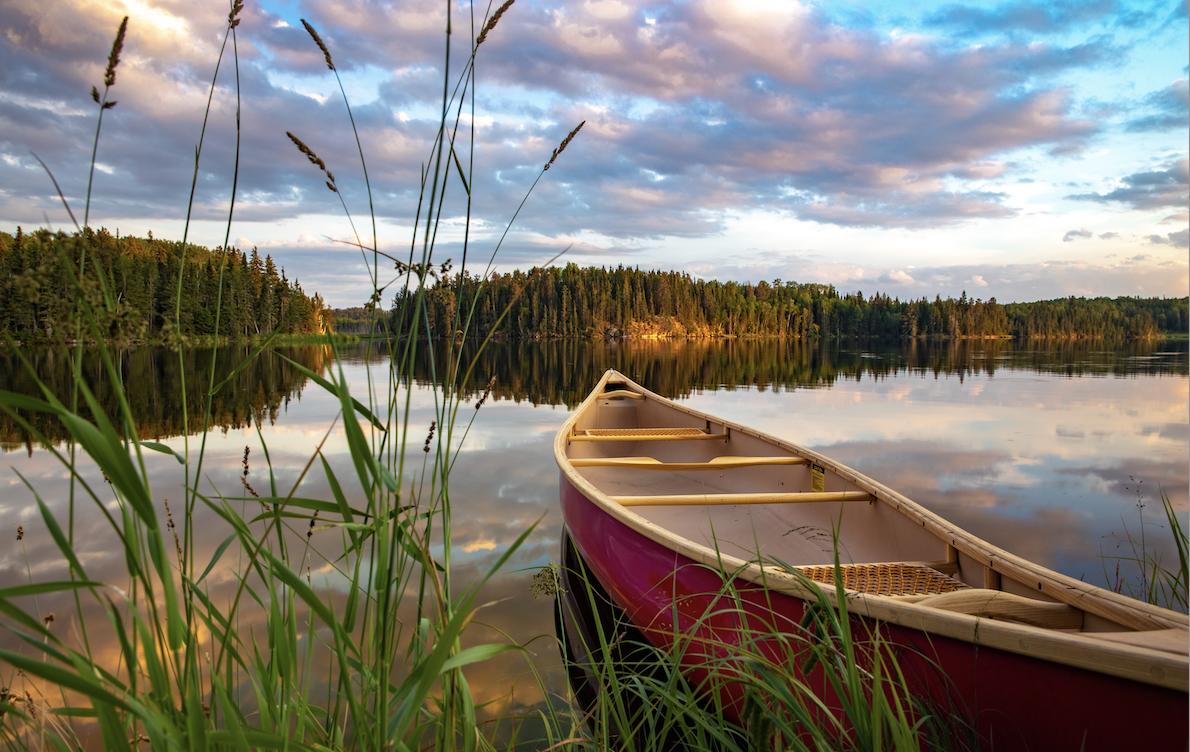Several years ago, my wife and I bought a classic wooden canoe at the Chesapeake Bay Maritime Museum Antique and Classic Boat Festival. Its beauty was in a rich blend of design, craftsmanship and wood tones.
When it was delivered, I was eager to put it in the water. And I did, with a single navigational tool—a wooden paddle. We bought the canoe as a work of art and after its maiden voyage used block and tackle to suspend it along a vaulted wall space.
My brief time with it on the water recalled a fundamental truth. The canoe was literally built for display and ballast was not going to add to its elegance. But on the water the absence of ballast (bottom weight) made control difficult and it was hard to find a center of gravity. Yes, I could use the paddle to guide it, but the wind seemed more in control than me.
I have long been interested in life’s ballast knowing that all of our lives will be interrupted from time to time by the unwanted. Life is volatile. Suffering is endemic; as is joy and when I speak of joy I am speaking of a joyful center of gravity. So let me escape the metaphorical since only reality as we experience it is easily relatable.
For example, bookstores and the like are filled with books on God and suffering. Many are pessimistic concluding that earthly suffering precludes the existence of a loving God. In short if God is loving, how come bad things happen to good people or why is humanity afflicted with disabilities at birth, for example?
Most of the books I have read on the subject by persons who have faith in God feature a dark and light dichotomy. Dark is admitted, but light will, at some moment, brighten the outlook—offer hope. Many parents, for example, have spoken of an immensely rewarding relationship loving and caring for a disabled child.
There are also many books on last chapters of life as the authors write expressively of their faith in a spiritual awakening. It is as if earthly life was distracting and turning toward death was enabling.
As is evident, the puzzle of life, death and somewhere, God, is a subject of intense interest. And in a sense, it should be for all of us.
Recently I was visiting with a friend who talked about the importance of her daily meditative time. Meditate on what I wanted to ask, but the moment did not offer the opportunity. This morning during my meditative time I thought about our canoe, the one that hangs as a piece of art but lacks ballast. And as I was thinking about it, a kayak came to mind. In its original design the paddler was an important part of the ballast. Its design has the paddler’s body framing the center of gravity. The higher the center of gravity the greater likelihood that tides and winds will take over.
As I wrap up my 2022 thoughts, my advice is to find ballast in the New Year; I can’t think of a more important goal.
Let me close by forwarding fast to Easter and a paragraph from George Merrill’s final Spy column as he explains the decision he made with his wife on his “last lap”:
“Our decision to join the hospice program occurred at the beginning of Holy Week. This is Christianity’s time of somber reflection on suffering and death, and what this means for the relationship between our humanity and God’s divinity. In Christian liturgy, Christ’s resurrection is the center of the celebration. In one way of looking at it, Holy Week is the “last lap,” and Jesus Resurrection is the finish line. I did not think of this consciously at the time, but on reflection I think it’s one more instance how the great dramas in religious spirituality become templates for the way we live our lives daily.”
Al Sikes is the former Chair of the Federal Communications Commission under George H.W. Bush. Al writes on themes from his book, Culture Leads Leaders Follow published by Koehler Books.



Jerry Canada says
Al, enjoyed your article very much. Happy New Year to you and yours.